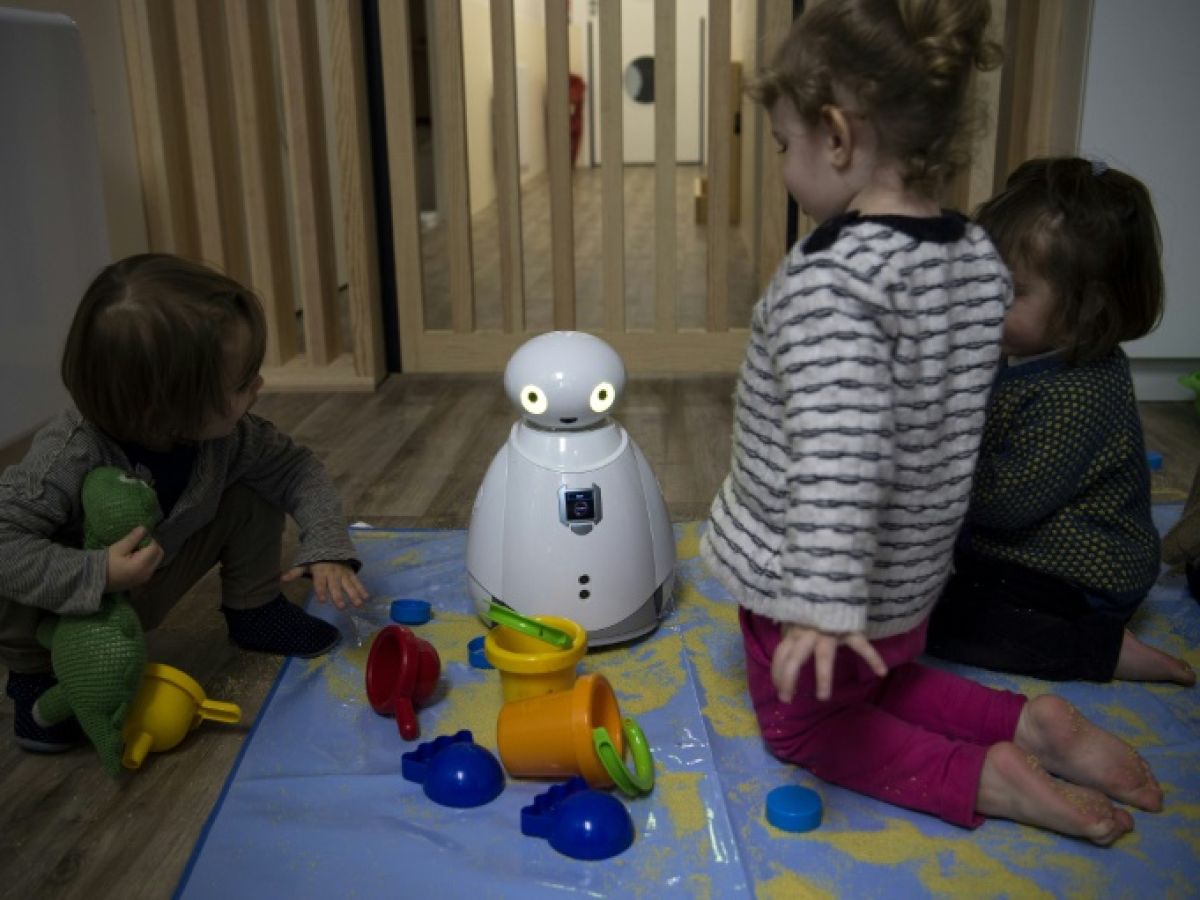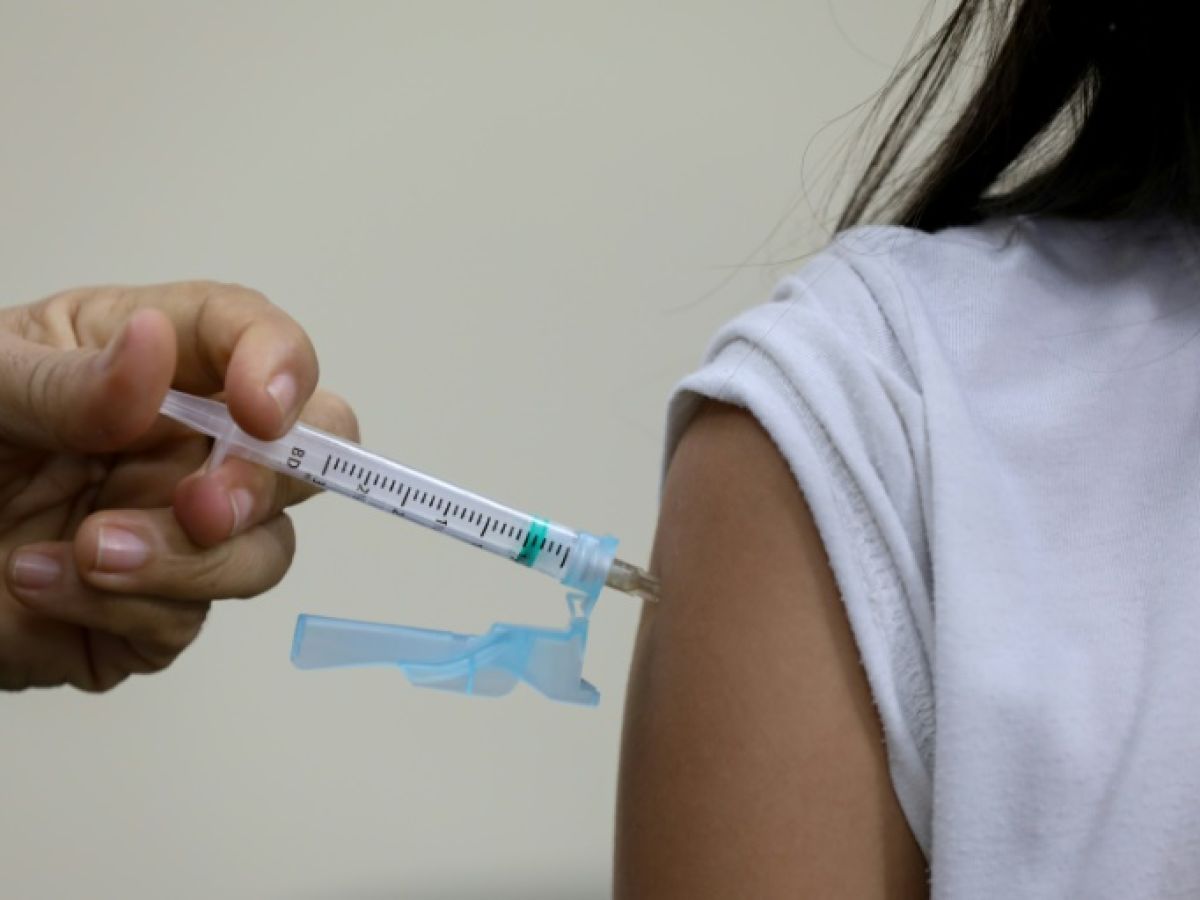Some toys contain LEDs that can affect the retina and disrupt the biological rhythms of some children, but the European standard on the safety of toys does not guarantee their eye protection, judged Anses on Tuesday, which recommends its revision.
Stuffed animals, dolls, drawing tablets, trucks, spinning tops or even light-up board games: some toys contain LEDs, which emit blue light. This light can affect the retina and disrupt biological rhythms, including sleep, if exposed in the evening and at night.
"Children whose eyes do not completely filter blue light are particularly sensitive to these risks," the French National Agency for Food, Environmental and Occupational Health Safety stressed in a press release, recalling that it has been warning since 2010 about the effects of LEDs on vision.
At the request of the French Ministry of Health, Anses looked at the new version of the European standard on the safety of electric toys, updated in 2020.
After examining the new protocol for verifying the eye safety of toys containing LEDs, it concludes that "the revised version does not guarantee compliance with the limit values ensuring the protection of children's eyes".
Anses has identified "several errors" in the scientific study on which the protocol is based, errors "which can lead toys declared compliant to exceed the exposure limit values", according to the press release.
She also carried out tests on a sample of 19 LEDs contained in toys available on the market.
They "confirmed that the 2020 version of the standard is less protective than the previous one, from 2005: eight of the toys tested could not have been placed on the market with the 2005 version of the standard, because the safety requirements were exceeded, compared to only one with the 2020 version," the agency explains.
"Given the health issues associated with the exposure of children to excessively high levels of blue light and the importance of the standard to guarantee the safety of toys sold", ANSES recommends "rapidly" undertaking a review of the relevant section of European regulations.
In the meantime, it recommends a temporary return to the 2005 version to verify the eye safety of the toys in question.
To protect children from these risks, Anses also reminds that it is advisable to limit exposure to blue or white LEDs, and to avoid luminous toys two hours before bedtime, so as not to disrupt biological rhythms and falling asleep.

